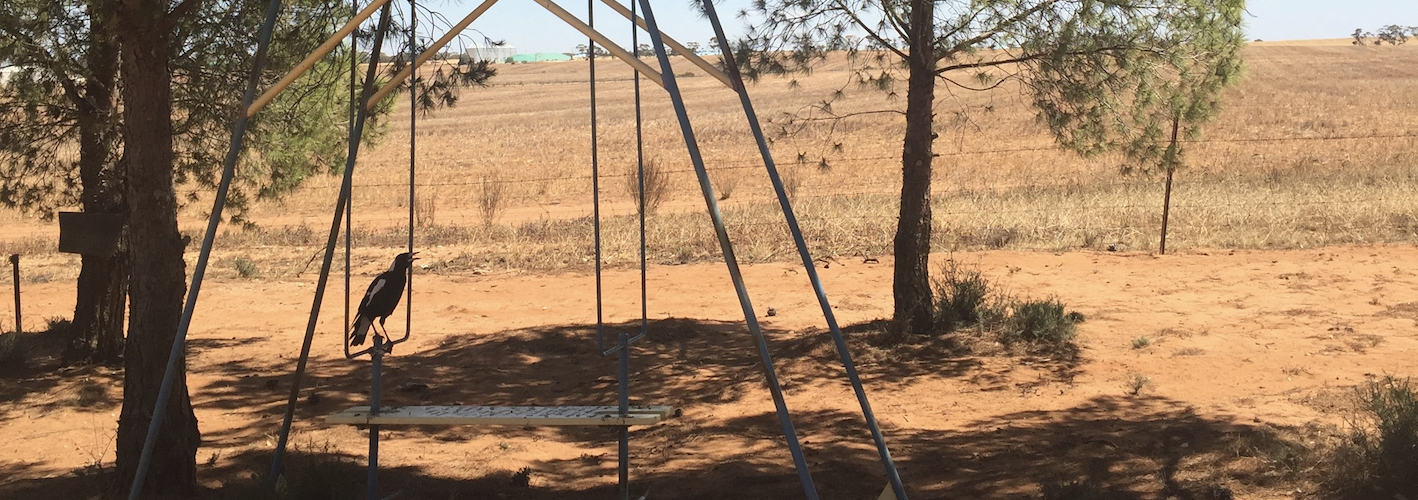2019 was the hottest year on Australian record.
And consequently, the driest.
The climate conditions across Australia have worsened for all, but these extreme circumstances continue to significantly affect the farming and agriculture industry.
“The longevity of the drought and the decline in available water has led to unprecedented hardship for rural farm families in Australia and growing levels of debt and poverty that have seriously eroded farmers’ ability to farm productively,” says Professor Margaret Alston, OAM.
The changes in physical climate have led to tensions in the social climate of rural Australia; and this plays a leading part in Australia’s urbanisation.
From 2001 to 2019, Melbourne’s population increased from 3.56 million to 5.15 million.
But across the state of Victoria, regions classified as ‘remote’ saw a depopulation of 5214 to 3020.
From 2001 to 2019, Sydney’s population increased from 4.76 million to 6.11 million.
While across New South Wales, areas considered ‘very remote’ barely changed in the same 18-year period, going from 5232 to 5677.
Remote communities across Australia see declines or plateaus in population, while major cities continually grow.
This leads to a range of issues for remote communities; less external support systems, declining job prospects, decreased marital opportunities and overall a shift in rural living culture.
These pressures – amongst others – have accumulated to boiling point for the men and women of remote communities.
For men in remote and very remote areas, suicide was 5th on the list of leading causes of death from 2014-2018 (ABS). Suicide was 9th among men of all other regions: major cities, inner regional Australia or outer regional Australia.
For women in very remote and remote areas, suicide was 7th and 19th respectively on the list of leading causes of death from 2014-2018 (ABS). Suicide did not appear among the 20 leading causes of death among women in major cities, inner regional Australia or outer regional Australia.
Rural Australian communities are entrenched in a When-the-going-gets-tough-the-tough-get-going mentality, so it’s difficult to enact a change in perspective surrounding mental health; especially considering regional areas do not have the same resources for mental health support than metropolitan areas have.
While factors like urbanisation and global warming cannot be controlled, the support given to stoic communities can. The Centre for Rural & Remote Mental Health revised an action plan for suicide prevention in 2017 outlining 5 focus areas to see improvement in rural mental health.
(Featured Image: The red earth of Victorian country town, Ouyen, on Dec. 22, 2015. With a population of 1,045, it’s towns like these that feel the effects of climate change and urbanisation. MAYA VAN ES)







